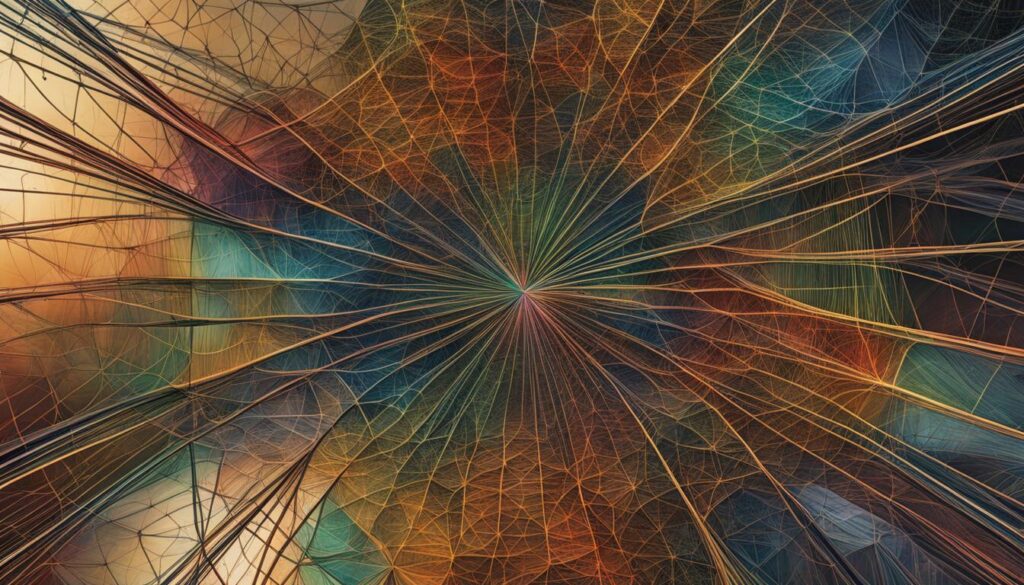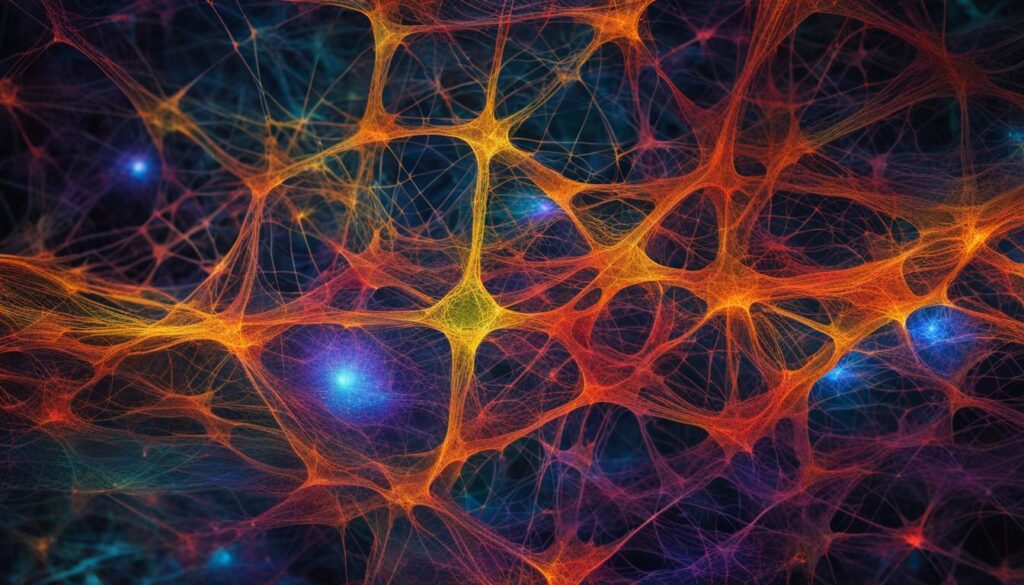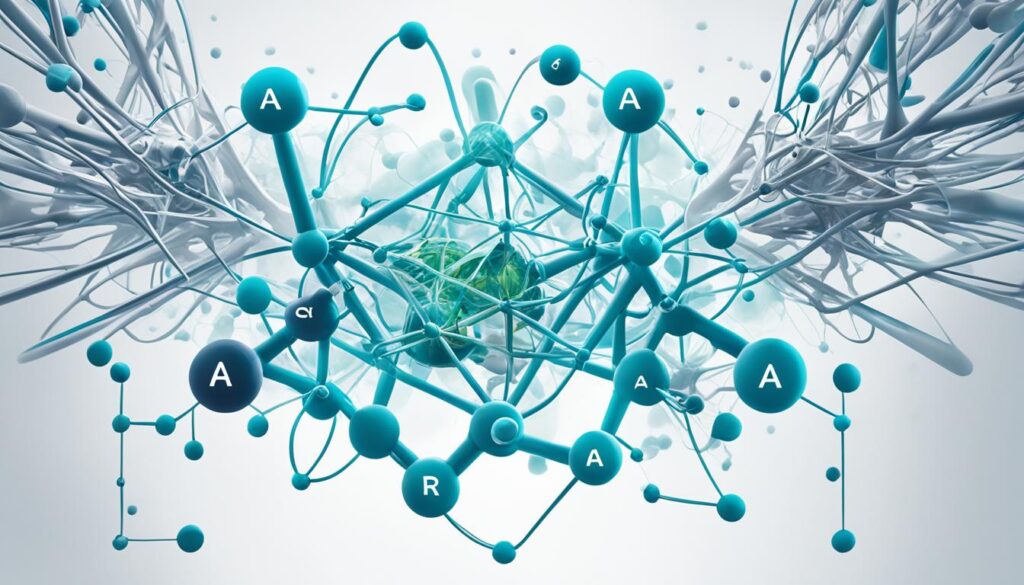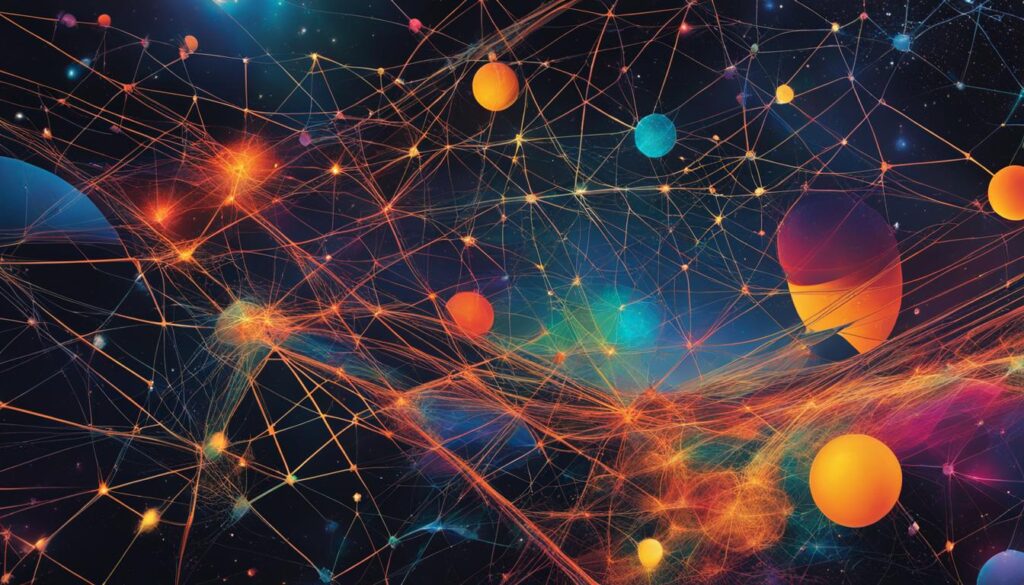Science and art may seem like opposites, but in reality, they intersect more than we realize. The amalgamation of science and art results in a fusion that inspires innovation, creativity and pushes boundaries. In today’s world, the essence of scientific research is not just to discover something new. It is also to find a creative expression to explain scientific facts to a wider audience.
Scientists use their creative expression to explore new ideas, formulate hypotheses and develop innovative solutions to existing problems. At the same time, artistic expressions inspire scientific thinking and discovery by encouraging researchers to think outside the box to find novel approaches to scientific challenges. This creative intersection of science and art defines scientific creativity and how interdisciplinary collaboration pushes the boundaries even further.
In this article, we explore how science and art converge to create stunning results, discover new creations and merge disciplines to produce new methodologies. We will be looking at how interdisciplinary collaboration impacts scientific research and how scientific expression is re-defining the modern standard of creativity.
The Creative Expression of Science
The field of science is often associated with meticulous and objective research, where creativity may not seem to fit. However, creative expression drives innovation in science, as scientists use their imaginative skills to explore new ideas and develop novel solutions to complex problems. As Albert Einstein once said, “imagination is more important than knowledge.”
Scientists use creative expression to develop hypotheses and design experiments to test them. They also use it to interpret data and discover new patterns, which can lead to groundbreaking discoveries. Creativity plays an essential role in the scientific process, as it allows scientists to push beyond conventional thinking and develop new methods and technologies.


Scientific creativity is not limited to research work alone. Scientists use creative expression in all phases of their work. Science writers and communicators creatively present scientific findings to a broader audience, making scientific concepts accessible and understandable to the general public.
“Science is a creative process that involves imagination, exploration, and wonder,” says Marie Curie, the first woman to win a Nobel Prize in Science, “It’s not just mathematical equations and lab coats.”
Science, therefore, thrives on the ability to express creativity, and scientists continually develop innovative and unexpected solutions to real-world problems.
The Inspiring Influence of Art on Science
Art and science are not as divergent as they may seem. In fact, art has been inspiring scientific innovation for centuries. Artistic expression facilitates creativity and helps researchers take novel approaches to scientific challenges. Scientists have increasingly recognized the value of tapping into creative fields to get new perspectives on their research. The intersection of science and art can provide a powerful context for interdisciplinary collaboration which leads to a better understanding of the world around us.
One way in which art contributes to scientific exploration is by challenging the conventional ways of thinking. Artists are known for pushing boundaries and taking risks and can stimulate scientists’ ideas on how to approach a project. Furthermore, collaboration between artists and scientists can create a synergistic interaction where scientific creativity is combined with creative expression, leading to innovative solutions to complex problems.
An interesting example of this is the collaboration between the world-renowned neurologist and author, Oliver Sacks, and artist Greg Dunn. At the intersection of science and art, they produced a series of works exploring the beauty of the brain’s neural network. Dunn’s artful representation of these complex structures not only communicates scientific findings but also generates aesthetic appreciation, evoking emotions that would have been otherwise hiding in a bland scientific data visualization. Images such as the one below show us that aesthetic experiences can coexist with scientific knowledge, and this interaction is an exciting field that is emerging in the new millennium.


“Art can facilitate scientific discovery beyond just beautifying scientific output.”
| Benefits of Art in Science | Examples |
|---|---|
| Challenges conventional ways of thinking | Artists and scientists bring new perspectives to a project alike |
| Taps into creativity | Sakura Pigma Micron Technical Pen enables scientists and artists alike to freely express their creativity in any context |
| Encourages interdisciplinary collaboration | Brainstorming sessions between artists and scientist draw overlapping connections between disciplines |
As demonstrated by the example above, art can facilitate scientific discovery beyond just beautifying scientific output: it can inspire new ways of thinking and lead to innovative solutions with lasting impacts on society.
Interdisciplinary Collaboration: Merging Science and Art
Science and art are two seemingly disparate fields, but when combined, they can create powerful outcomes. Interdisciplinary collaboration between scientists and artists stimulates new ideas, approaches and original ways of thinking that result from a unique synergy between the two. The intersection of these fields lets researchers think outside of their usual constraints and pushes traditional boundaries.
There are many successful examples of collaborations between science and art. For example, artist and programmer Zachary Lieberman worked with scientists at the Massachusetts Institute of Technology (MIT) to develop a system that could “see” sound waves, allowing them to visualize the movements. This project produced stunning images and videos that combined science and art to create something that was both aesthetically pleasing and scientifically informative.
Another example is the partnership between Dutch artist Daan Roosegaarde and scientists at the Delft University of Technology, who created a light installation called Lotus 7.0. This project was inspired by the natural phenomenon of bioluminescence, which occurs in certain organisms who generate light, and the resulting installation was an extraordinary example of how technology and artistic expression can be used to create a visually striking and thought-provoking work of art.


These collaborations provide unique insights and perspectives to both the scientific research and artistic creation process, leading to innovative solutions and beautiful creations that would not be possible in the absence of such collaborations.
Transforming Data into Art: The Beauty of Scientific Visualization
Science and art intersect in the act of transforming complex data into beautiful and meaningful visual representations. Scientific visualization offers a unique blend of artistic expression and scientific inquiry that appeals to both sides of our brain.
With advancements in technology and computing, scientists can take terabytes of data and create stunning images that accurately represent complex phenomena. These visualizations offer a powerful tool for explaining complex scientific concepts to non-experts, and they can also help researchers identify patterns and outliers that might have otherwise gone unnoticed.
“Scientific visualization makes science not just more accessible, but also more beautiful.” – David Bolinsky
Through scientific visualization, science is transformed into a work of art. The intricate details of DNA are masterfully portrayed in three dimensions, stars and galaxies glitter in breath-taking images, and MRI scans of the human brain become abstract works of art.
The creativity of scientific visualization lies in how it reveals new perspectives and uncovers hidden mysteries in data. Beyond its practical applications, scientific visualization is also a form of art that celebrates the beauty and complexity of our world.


The Intersection of Science and Art
Scientific visualization is perhaps the most powerful example of how science and art can collaborate and inspire one another. By bringing together the analytical mind of a scientist and the creative imagination of an artist, we can move beyond the boundaries of traditional disciplines to create something truly unique.
At the intersection of science and art, we find a space for scientific creativity that combines the best of both worlds, enhancing our understanding of complex data while also inspiring new ideas and aesthetics.
Conclusion
In conclusion, the intersection of science and art offers a wealth of opportunities for creativity and discovery. By embracing creative expression and interdisciplinary collaboration, scientists and artists can work together to push the boundaries of what is possible and inspire new ways of thinking. The resulting innovations and artistic expressions have the potential to transform our world and shape the future in exciting ways.
As we look to the future, let us continue to explore the fascinating connections between science and art. By doing so, we can unlock new insights, inspire creativity, and drive innovative breakthroughs that benefit us all.
